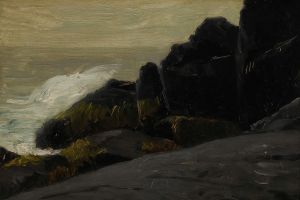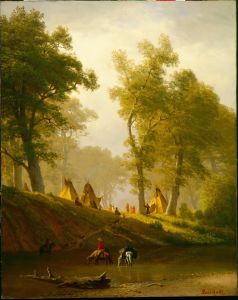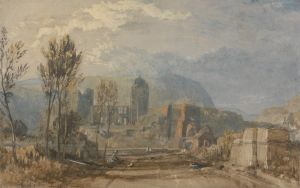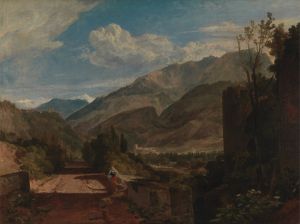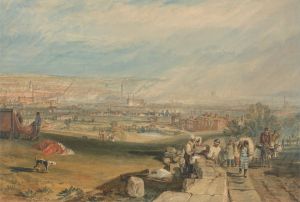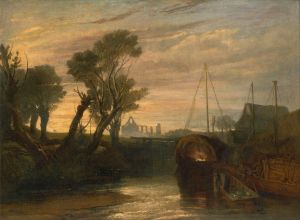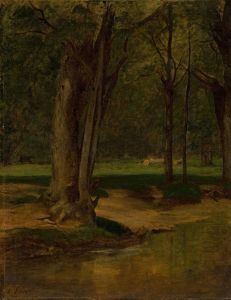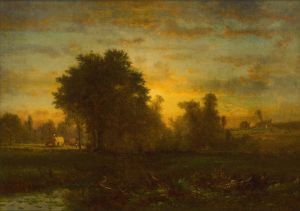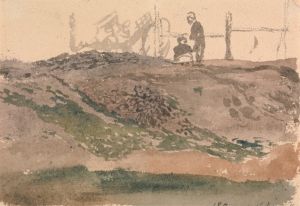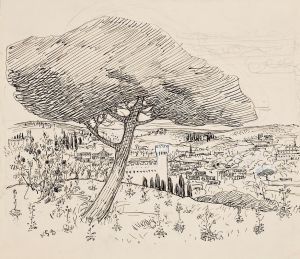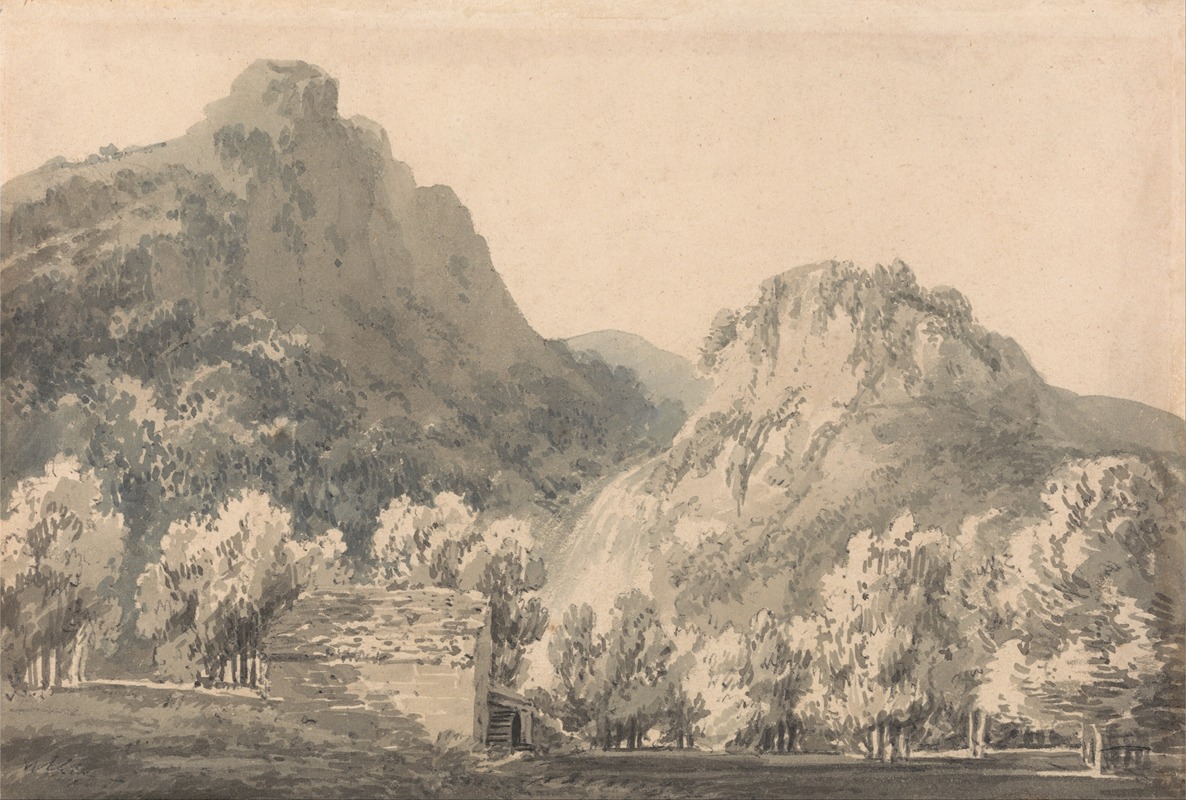
Waterfall of Lodore, Cumberland
A hand-painted replica of Joseph Mallord William Turner’s masterpiece Waterfall of Lodore, Cumberland, meticulously crafted by professional artists to capture the true essence of the original. Each piece is created with museum-quality canvas and rare mineral pigments, carefully painted by experienced artists with delicate brushstrokes and rich, layered colors to perfectly recreate the texture of the original artwork. Unlike machine-printed reproductions, this hand-painted version brings the painting to life, infused with the artist’s emotions and skill in every stroke. Whether for personal collection or home decoration, it instantly elevates the artistic atmosphere of any space.
Joseph Mallord William Turner, an eminent British artist, is renowned for his evocative landscapes and mastery of light and color. One of his notable works is "Waterfall of Lodore, Cumberland," which captures the dynamic and picturesque scenery of the Lodore Falls located in the Lake District of England. This painting exemplifies Turner's fascination with the sublime and the natural world, themes that are prevalent throughout his oeuvre.
Turner was born in 1775 in London and showed artistic promise from a young age. He enrolled in the Royal Academy of Arts at the age of 14, where he honed his skills and developed a keen interest in landscape painting. Throughout his career, Turner traveled extensively across Britain and Europe, drawing inspiration from the diverse landscapes he encountered. His travels to the Lake District, a region celebrated for its dramatic and rugged terrain, significantly influenced his work.
The "Waterfall of Lodore, Cumberland" is a testament to Turner's ability to convey the power and beauty of nature. The Lodore Falls, located near Derwentwater in the Lake District, are known for their cascading waters and scenic surroundings. Turner visited the Lake District multiple times, and his experiences there left a lasting impression on his artistic vision. The painting captures the essence of the falls with a sense of movement and energy, characteristic of Turner's style.
Turner's technique in this painting reflects his innovative approach to capturing light and atmosphere. He often employed loose brushwork and a vibrant palette to create a sense of immediacy and emotion. In "Waterfall of Lodore, Cumberland," Turner uses these techniques to depict the play of light on the water and the surrounding rocks, creating a dynamic composition that draws the viewer into the scene. The painting is not just a representation of a specific location but an exploration of the interplay between natural elements and the viewer's perception.
Throughout his career, Turner was influenced by the Romantic movement, which emphasized emotion, nature, and the sublime. His work often explores the relationship between humanity and the natural world, highlighting the awe-inspiring and sometimes overwhelming power of nature. "Waterfall of Lodore, Cumberland" is a prime example of this exploration, as it captures the raw energy of the falls and the tranquil beauty of the surrounding landscape.
Turner's contributions to art were recognized during his lifetime, and he became one of the most celebrated artists of his era. His work laid the groundwork for later developments in landscape painting and influenced generations of artists. Today, Turner's paintings are held in high regard and are featured in major art institutions worldwide.
The "Waterfall of Lodore, Cumberland" remains an important work within Turner's body of art, showcasing his ability to blend technical skill with emotional depth. It serves as a reminder of the enduring power of nature and the artist's role in interpreting and conveying that power through art. Turner's legacy continues to inspire and captivate audiences, ensuring his place as a pivotal figure in the history of art.





